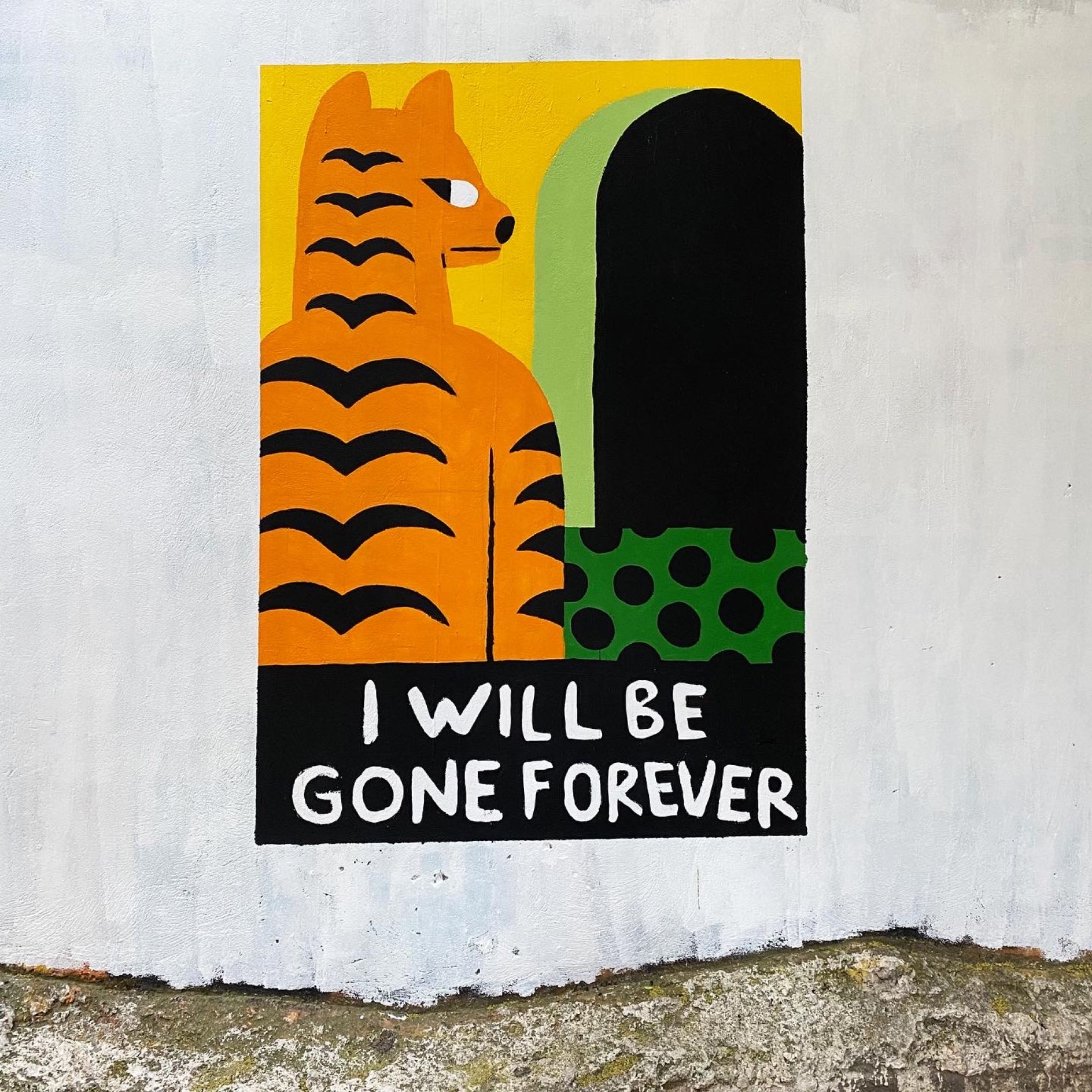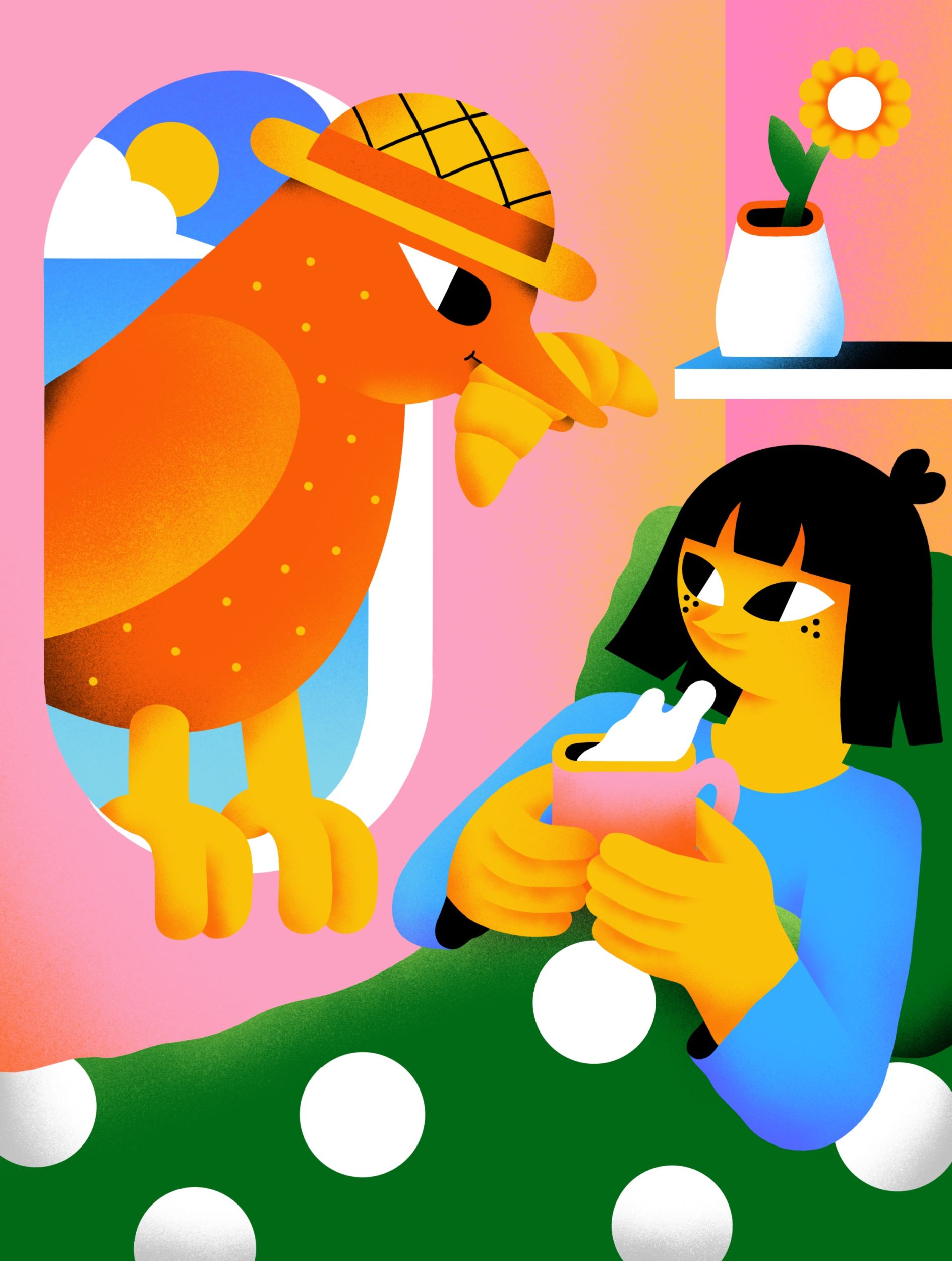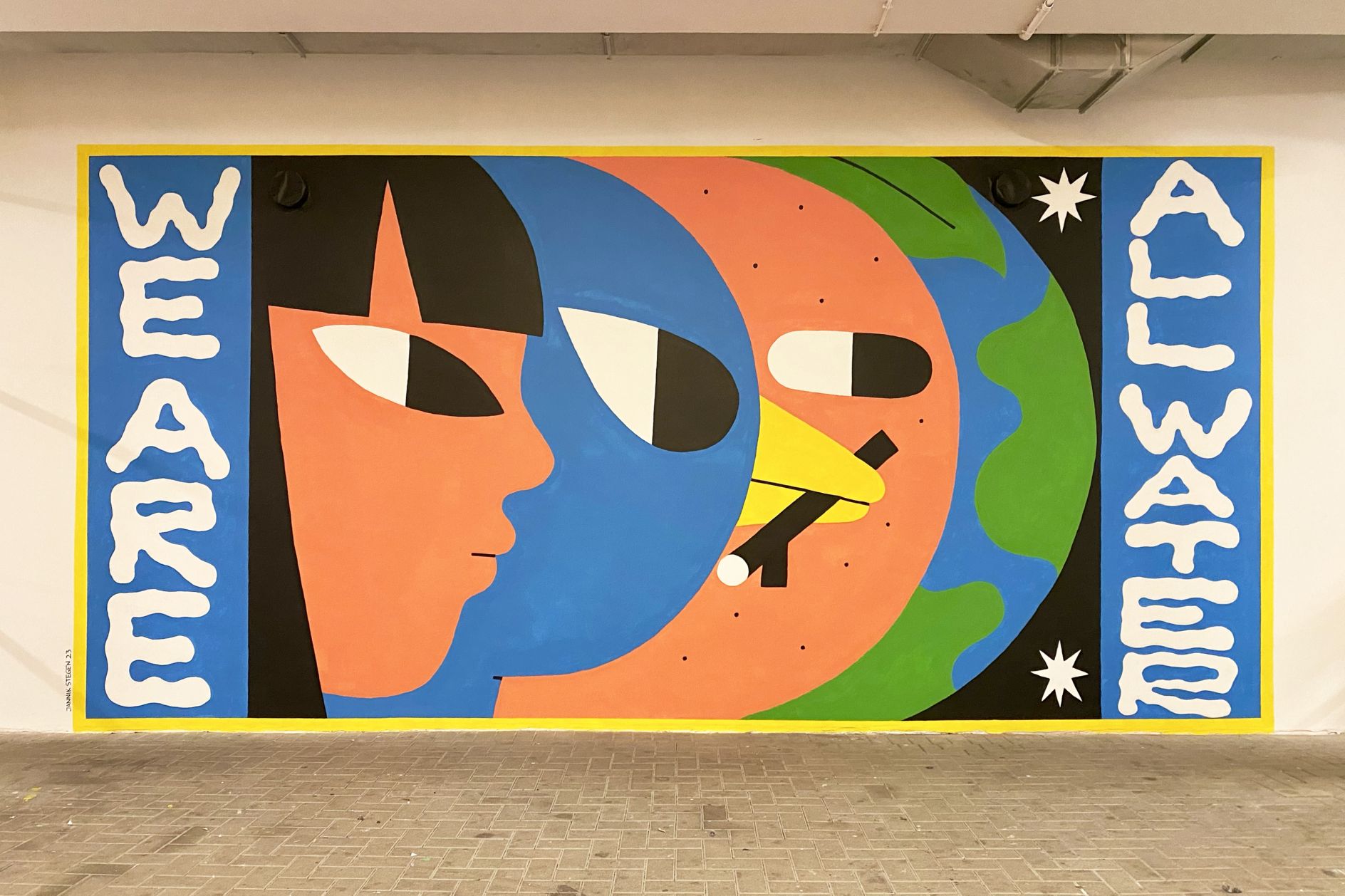Illustrator Jannik Stegen on How Conversations About ADHD in the Creative Industry Can Be Improved
Conversations surrounding ADHD have increased in recent years thanks to platforms like TikTok, but can the subject be better understood by the creative industry? We sat down with Heidelberg-based illustrator Jannik Stegen to find out.

The work of Jannik Stegen is impossible to miss. Bursting with vibrant colours and charming characters, his incredible portfolio includes illustrations for the likes of Die Zeit, Manto and Art of Play. Yet, despite having a love and obvious talent for drawing ever since he was a child, it wasn't his first calling.
"I went straight into med school after graduating without even considering a creative career," he tells Creative Boom. "But as the semesters went on, I grew more unhappy with my imminent future of becoming a doctor. That's how I found my way back into drawing as an after-school stress release."
Eventually, Jannik found the confidence to quit medicine and began studying visual communication. "The studying didn't really do much for me since my university didn't support illustrating, but I kept doing my thing and eventually found out about that sweet little niche, which is illustration."
And thank goodness he did because Jannik's fantastical style never fails to dazzle. What's all the more impressive is that for a long time, he claims to have "never cared too much" about classic drawing. "I was more into flashy and colourful stuff," he says.
"I am also obsessed with compositions and any kind of storytelling or metaphors in art. I went through multiple phases, like graffiti and manga. Between those phases of obsessing over a certain style, I went back to drawing silly creatures and other stuff off the top of my head.
"Over the years, I was able to merge what I have learned from different styles into my own thing. Especially over the last year, my style got close to where I wanted it to be, and I started enjoying the journey even more."

This affinity for bright and saturated colours can be traced back to his preference for using markers over coloured pencils. "I find them more exciting to work with, and they reflect the energy I put into my work," Jannik explains. "In contrast, my wardrobe and flat interior have mostly muted colours."
As for his love of character design, Jannik reckons this stems from his favourite media he consumed while growing up. "I spent a lot of time watching Ghibli movies, playing Pokemon, watching cartoons and reading manga. In all these, a lot of the storytelling happens through the character's design.
"I love to create emotive work and tell stories through my illustrations. Bold and expressive characters help with that, plus it's super fun to experiment and to come up with new and interesting faces."
As well as being an illustrator, Jannik has known since childhood that he has ADHD. And with conversations about the condition getting amplified thanks to social media, he thinks that the time is right for the creative industry and society at large to have conversations about it.
"I think It is misunderstood in general," he explains. "A thing I read a lot online is people being interested in trying out medication, to finally be able to 'focus like everyone else'. Recently, an old friend of mine told me the same after he started therapy and got diagnosed with ADHD. I wasn't surprised about his diagnosis, but rather how, upon receiving that label, he immediately wanted to take something against it. And taking Ritalin does not make you feel 'normal', trust me.
"A thing that doesn't get mentioned enough, in my opinion, is that all these symptoms are just traits. Some people are more competitive, others are more nervous, and some are dreamy. I am trying to say, don't put yourself in a box because someone came up with a medical term to describe some of your behaviours."

For Jannik, being diagnosed with ADHD didn't change his perspective about himself hugely. In fact, it has only been related posts popping up in his feed that got him thinking about it more. "I think it's far more accepted nowadays to be diagnosed with ADHD, which is a good thing," he says. "People also became more open on social media about what's going on in their lives.
"Others are looking to find people who are similar to them. And, of course, shortened attention spans have been a popular topic since the rise of TikTok. In my opinion, it starts to get problematic when people assume neurodivergence as their identity or look for tips on medication in the comment sections of ADHD meme pages."
And even as someone with ADHD, he admits that he is unsure how it affects people. "I don't know if ADHD makes you more or less creative," he reveals. "People usually say it makes you unable to focus, which I think is wrong.
"In school or at work, you often have to deal with boring tasks, and I think ADHD makes it harder to deal with boredom. I could focus for hours on end when reading books, playing video games or when drawing. I love it when I get an idea that really excites me. I feel such a strong urge to visualise it and have so much fun with it. It's the best feeling ever."

If ADHD is broadly misunderstood and surrounded by unhelpful conversations, then what is the way forward for the creative industry? Jannik explains: "The term ADHD is pretty negative and supports labelling behaviour. It makes people overlook the strengths they may have.
I am also not trying to say you shouldn't take medication, and I acknowledge the symptoms and experiences of people who want to take it. But honestly, anybody can abuse these medications to raise their productivity. I met many diagnosed people who are brilliant, have unique talents and are really fun to be around. As I said, it is part of your personality, so I would think twice before deciding to get rid of it.
"People are quick to let a label overshadow their perception of what is happening. If you have ADHD or not, I think it's best to focus on what you are good at, to do what you love and to acknowledge that some things might not be for you."
Source: creativeboom.com
